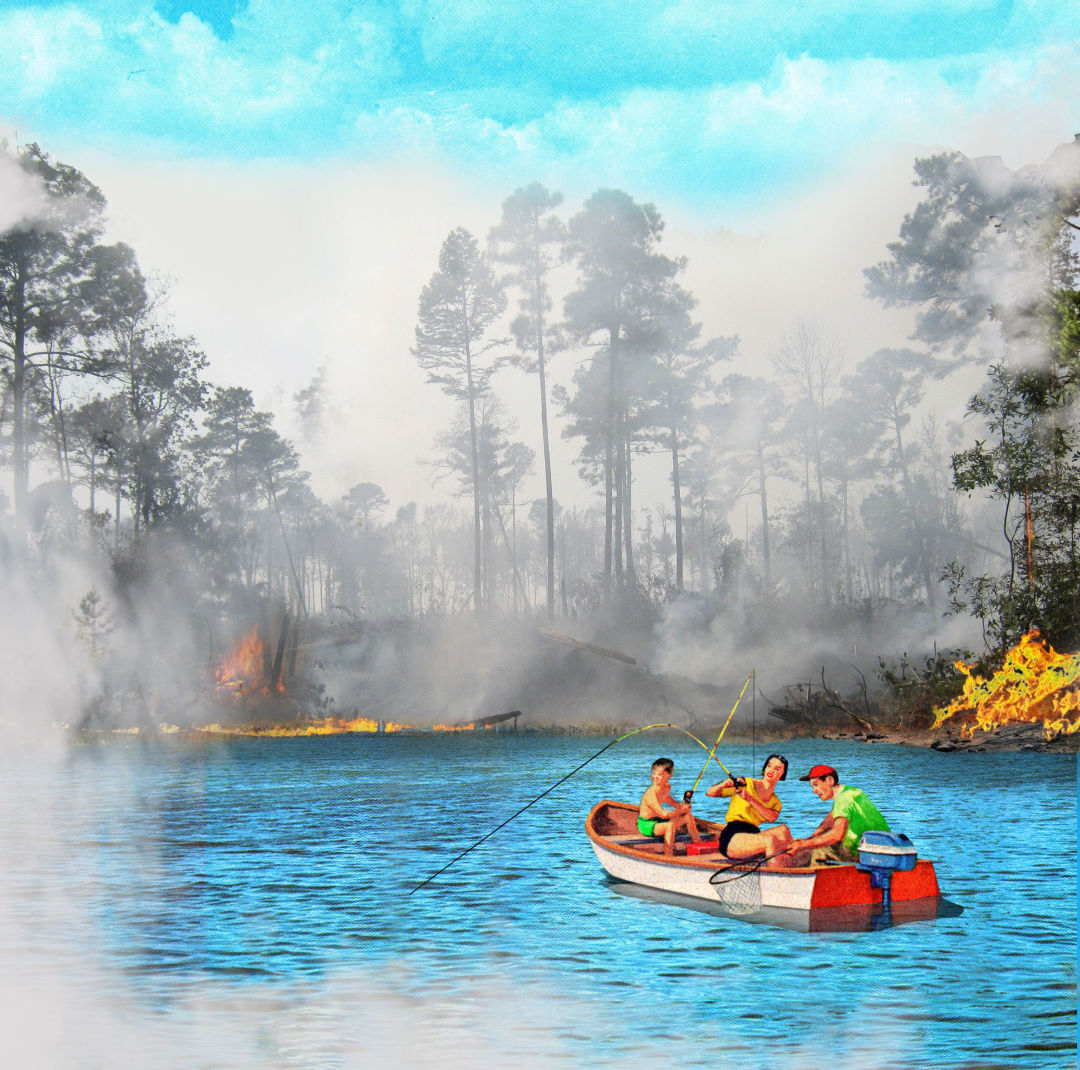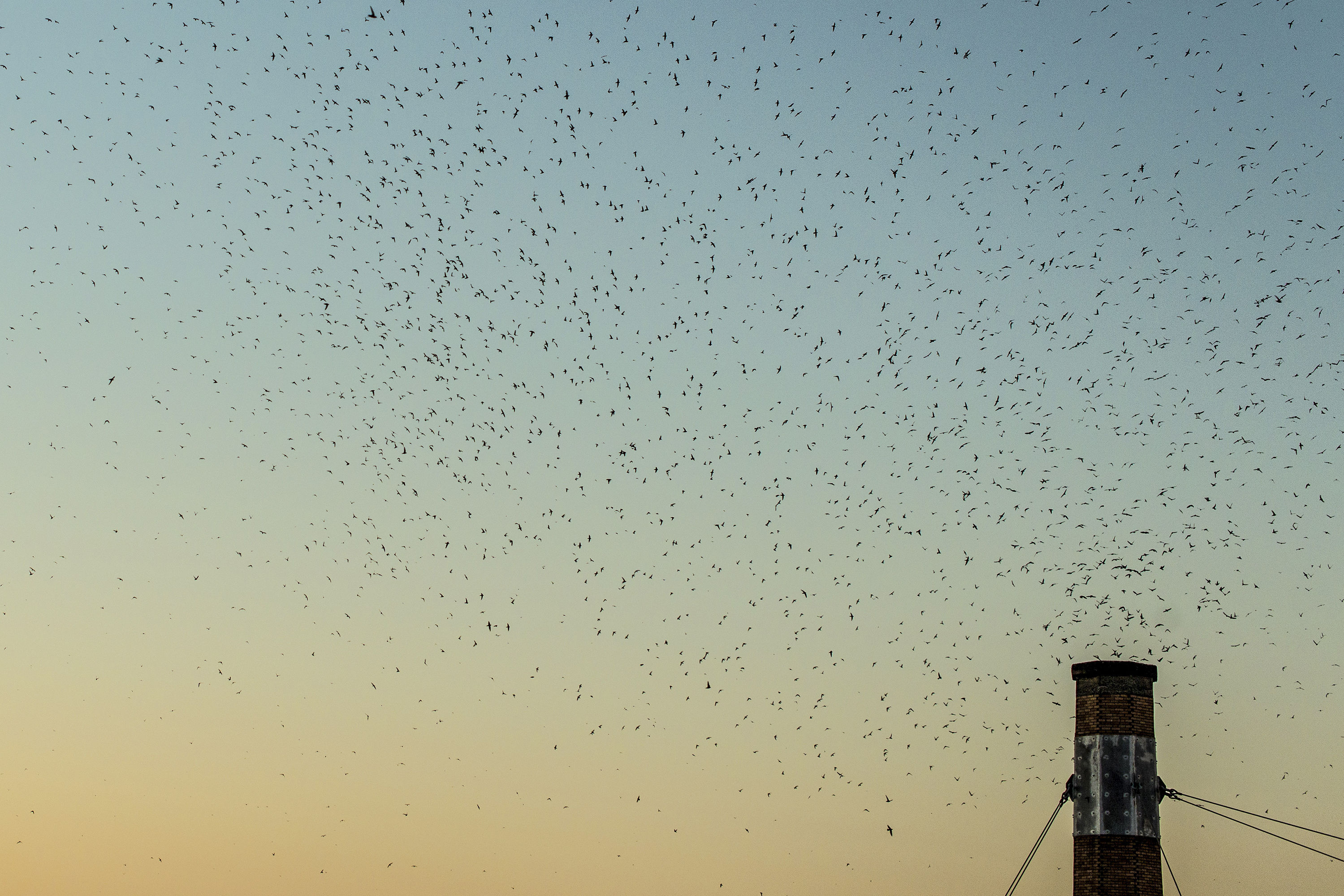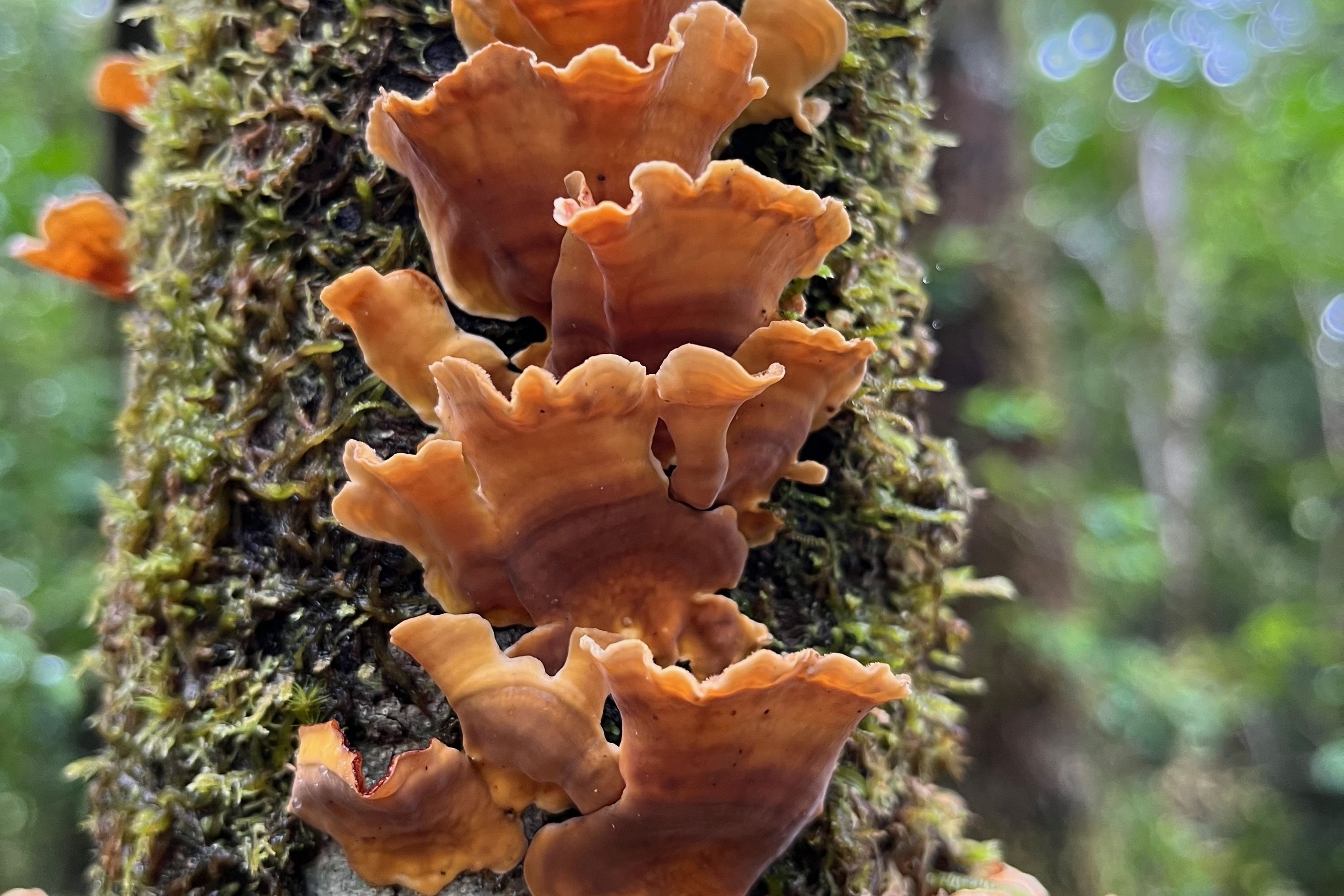Are Wildfires Choking Oregon’s High Season?

Image: Matthew Billington
In Oregon, we hit peak tourist in late summer.
That’s when Portland metro area hotels are slammed. When silver-haired Bay Area hordes descend on Ashland for Shakespeare en plein air. When our rivers teem with rafts. When Crater Lake and Multnomah Falls are mobbed.
It makes sense that summer’s big-ticket attractions, from the Oregon Brewers Festival in Portland to Cycle Oregon’s epic rides, take place outside. But when high season gets choked by wildfire? That’s a big problem for those chasing fickle travel dollars that could just as easily flow to the Big Apple or Nashville or even (gulp) Seattle.
“I’ve heard the term ‘smoke season,’” says Brad Niva, Travel Southern Oregon’s executive director. “When smoke settles into the valleys, it is a thick blanket over the community. Your car automatically turns on its headlights because the sun is [so] filtered. That naturally kills outdoor recreation: our rivers, mountain biking, hiking, horseback riding.”
Two years ago, blazes in the Central Cascades, Klamath Range, and Columbia River Gorge cost the state $51 million in lost travel revenue. Smoke drove patrons from the deck of Everybody’s Brewing in White Salmon; in Deschutes County, it closed the Sisters Folk Festival and shut down the mini-Hubble telescope at Worthy Brewing for two weeks. Then last summer, Oregon saw its second megablaze in two years: the Klondike Fire. Those weeks of socked-in smoke forced the Oregon Shakespeare Festival to move or cancel 26 shows at the outdoor Elizabethan Theatre. The festival also ended its courtyard Green Show series eight weeks early.
Lost travel revenue is just one way wildfires cost us; in 2018, Oregon fire-fighting operations consumed some $514 million in state and federal funds. In Congress, Oregon’s senators have reacted with strident demands for more money. Others are asking harder questions; in January, Gov. Kate Brown tasked a new Wildfire Response Council with considering an overhaul of current forest management practices, one that might favor more prescribed burns. Oregon’s reddest of House reps, Greg Walden, has latched onto the issue with fervor, declaring that “enough is enough” when it comes to policies obstructing the amount of dead tree removal and fire salvage he’d like to see across the Second District.
“We cannot and should not tolerate choking smoke and devastating forest fires every summer,” railed Walden at a Medford chamber meeting in April. “We should not be treated as smoke refugees in our own land.”
Such heated rhetoric, of course, rattles the agencies who sell the state as, um, a cool destination. Even as both Niva’s organization and Travel Oregon fund studies gauging the damage of wildfires to our visitor appeal, neither is eager to publicly embrace the idea of smoke season as the West’s new normal.
“That perception in the news is that the entire west is on fire,” says Travel Oregon’s Linea Gagliano. “They fan the flames. But last year, about half of 1 percent of our land was impacted by wildfires. We had no closed roads;
airports were open.”
Anticipating future frantic Google searches this summer, her agency has already posted an online Wildfire Toolkit. The goal, in part, is to reclaim the messaging: less hellscape and hyperbole, more fire prevention tips and detached smoke forecasts.
Behind the scenes, though, Oregon’s tourism apparatus is quietly adapting—promoting shoulder season, for example, with activities like coastal food trails and mountain biking. (Says Niva: “It’s starting to shift how we do our marketing; ‘smoke season’ is just this eight weeks, but still there’s 10 months of clean air to visit.”) This summer, OSF will prep an indoor theater as a backup for the Elizabethan, while Niva says his agency might launch an air-tracking app. Meanwhile, community meetings like last September’s Smoke and Fire Summit in Ashland show that locals already accept their new normal. They’re even using them to pitch new ideas—like a respirator designed specifically for beardy types.
What will 2019 hold? June, in part, will write the script. (The soggier the month, the safer the summer.) And it’s worth noting that wildfires have yet to
seriously dent our travel industry. That $51 million in lost 2017 revenue? Compared to Oregon’s $12 billion annual take in tourist dollars, that’s a mere trickle from the firehose. According to a spring Travel Southern Oregon “perception study,” most of the area’s recent visitors say they’ll be back—just earlier in summer. Or later in fall.
Or, hmm, maybe after ... Kauai?




